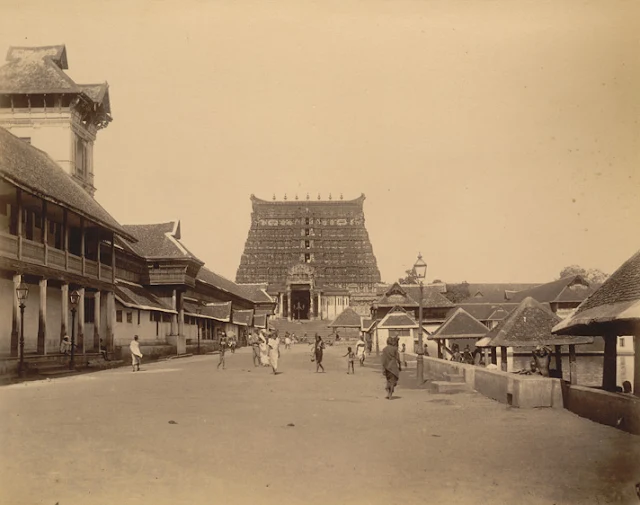Colorization involves adding color to grayscale images or videos, while enhancement refers to improving the overall quality of an image or video, such as sharpening or denoising. These tasks were traditionally done manually, requiring a lot of time and effort from professionals. But with the advent of deep learning, these tasks can now be done quickly and accurately.
One of the most popular methods for colorization and enhancement is using deep neural networks, which are trained on large datasets of images and videos. The neural networks learn to recognize patterns and relationships between the grayscale and color or degraded and enhanced versions of the same image. Once the neural network has been trained, it can be used to apply color or enhancement to new images or videos.
Another technique used for colorization is to use reference images, where a neural network is trained to learn the color distribution of similar images. This allows the neural network to predict the colors of the pixels in a grayscale image more accurately.
Deep learning has also made it possible to enhance images and videos in real-time, which is useful for applications such as video conferencing or live streaming. This involves using deep neural networks to remove noise, blur, or other imperfections from an image or video in real-time, producing a clearer and more visually pleasing result.
One of the benefits of using deep learning for colorization and enhancement is that it can be done automatically and at scale. This means that large amounts of images and videos can be colorized or enhanced quickly and with a high degree of accuracy. This also saves professionals a significant amount of time and effort, allowing them to focus on other tasks.
However, there are also some limitations to this technology. For example, if the neural network has not been trained on a specific object or scene, it may not be able to accurately colorize or enhance it. Additionally, the colorization or enhancement process may introduce artifacts or errors into the image or video.
Despite these challenges, deep learning AI has revolutionized the way we approach colorization and enhancement of images and videos. It has made it easier and more accessible for professionals to produce high-quality images and videos, while also offering new possibilities for real-time applications. As deep learning technology continues to improve, we can expect to see even more exciting developments in this area.
Colorization and enhancing is done by deep learning AI.
Original
After colorization
Source Credits:
Photograph of the gopura of the Sree Padmanabha Swamy Temple at Trivandrum, taken by Zachariah D’Cruz in the 1890s from the ‘Album of South Indian Views’ of the Curzon Collection.

